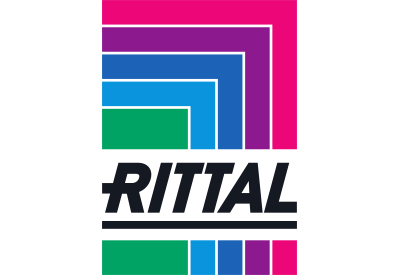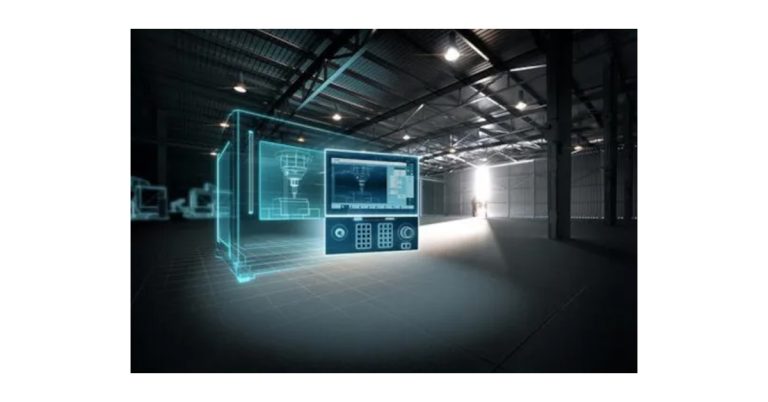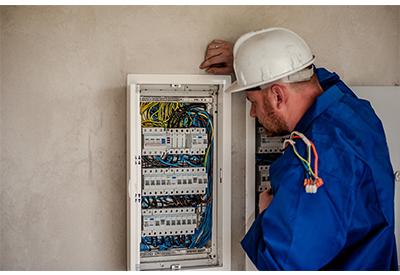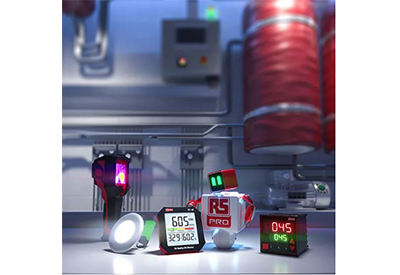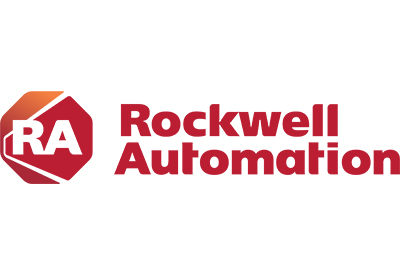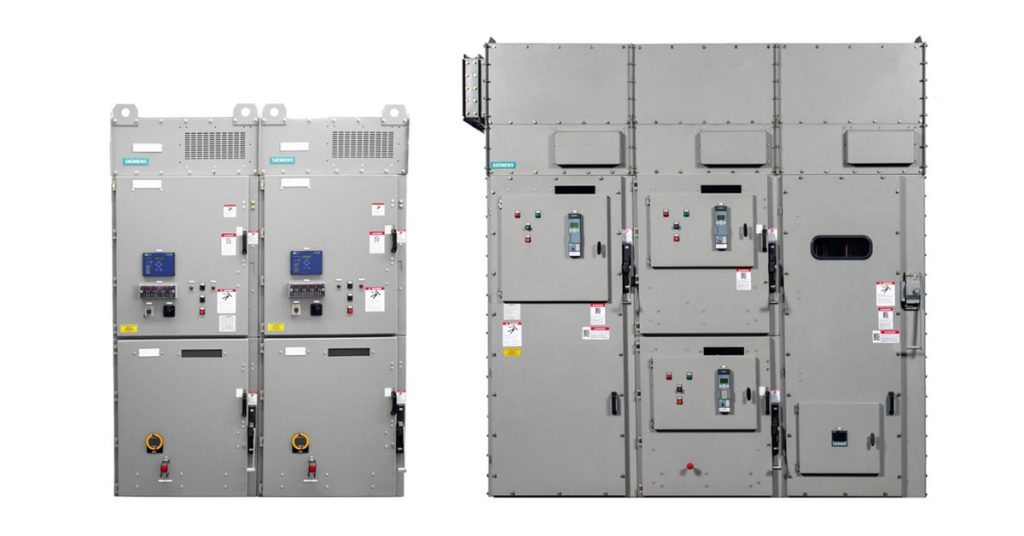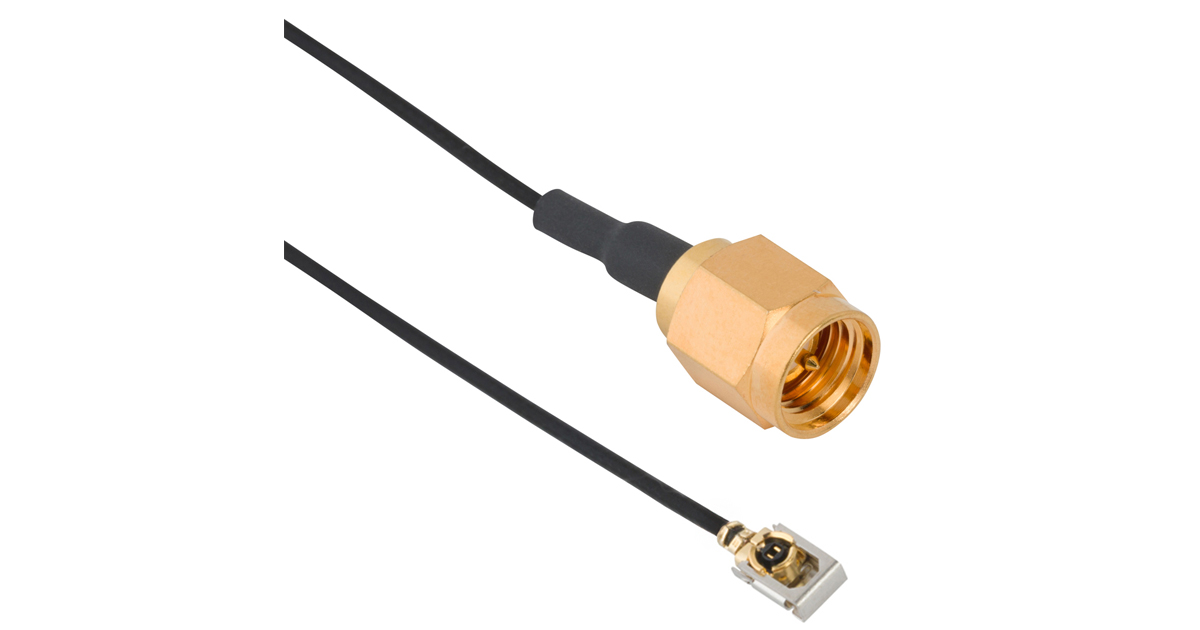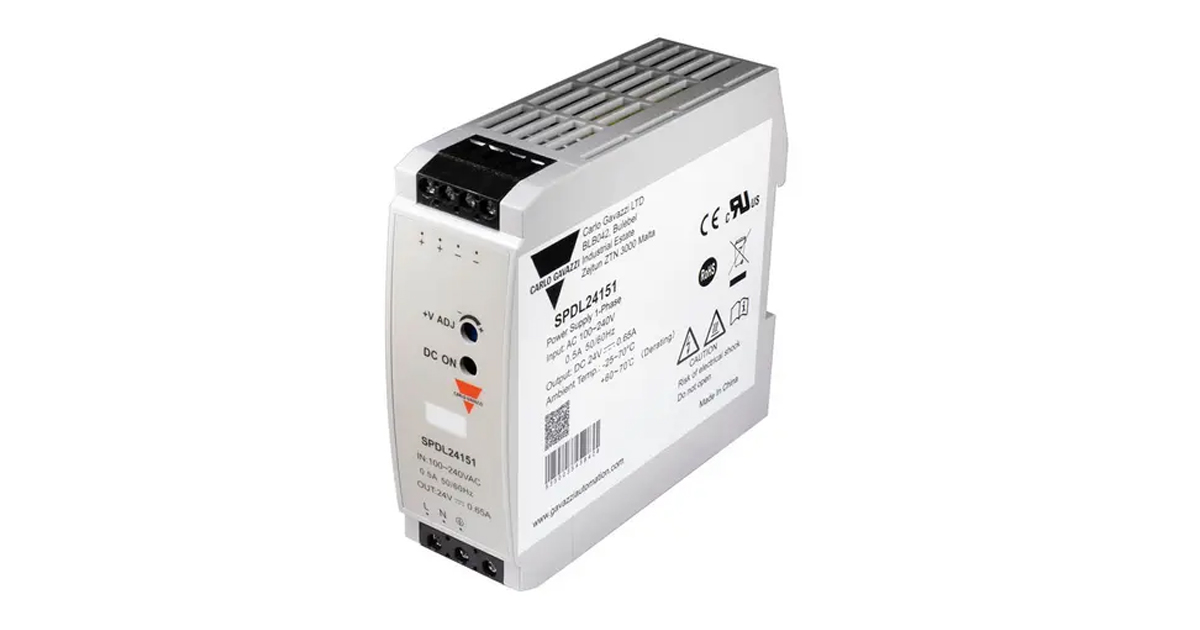Get Ready for Regulations Around Data Center Energy Efficiency
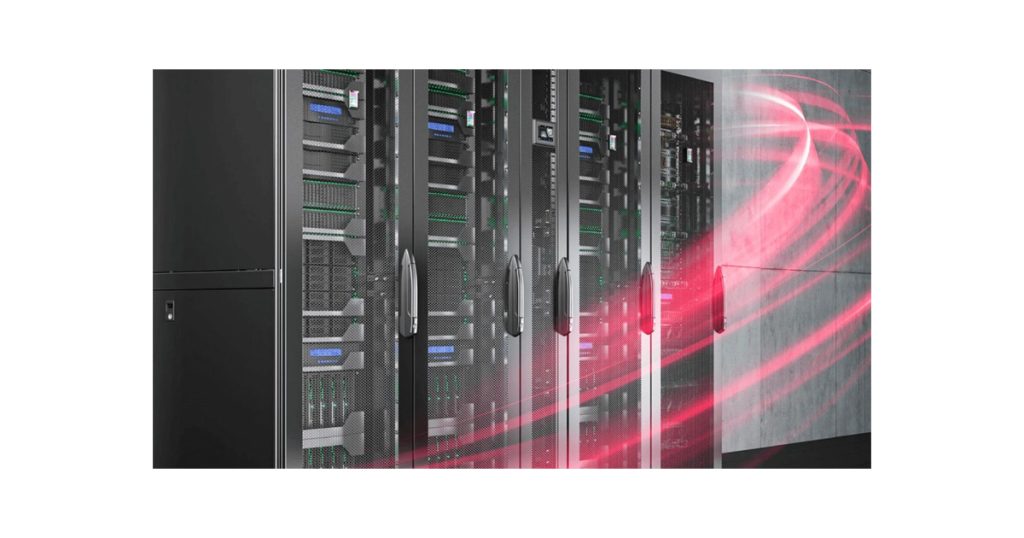
February 10, 2025
The number of data centers across the globe is increasing. While this is good news for data center engineers, it does pose a significant operational challenge when it comes to the amount of energy required to power these IT facilities. This, in turn, will require new regulations to be put in place.
The International Energy Agency (IEA) reports that data centers account for about 1% of global energy demand. But by 2030 it’s estimated that the demand for data center energy will increase by more than 160%. In the U.S. alone, data center workloads are expected to increase by 10% annually through 2030, and this means more energy necessary to power this kind of advanced computing.
The emphasis on more responsible energy usage and more eco-friendly business practices is promoting new local, state, and federal regulations designed to reduce data center energy consumption and foster more energy-efficient operations. This article will look at a couple of regulatory movements around energy-efficient data centers that companies need to be aware of when looking at new data center construction.
Restrictions on greenhouse gas emissions
The boom in data center construction and increased computing workloads — in large part driven by the development of AI computing — is increasing global greenhouse gas (GHG) emissions, to the point that new regulations on GHG emissions is something companies will have to reckon with in the coming years.
It’s estimated that data centers will produce about 2.5 billion metric tons of carbon dioxide-equivalent emissions before the end of the decade. There are currently growing calls across the country for the Environmental Protection Agency (EPA) to use its authority under Section 114 of the Clean Air Act (CAA) to require GHG emissions data for facilities emitting more than 25,000 tons of carbon dioxide equivalent.
Some states are already moving ahead with such regulations. Maryland currently has pending legislation that would require “high energy use facilities” like data centers to hit certain GHG emissions targets by a certain year via a heavily prescribed set of actions.
Energy use monitoring and reporting
Similar to potential restrictions around GHG emissions, energy use monitoring and reporting is emerging as another avenue for government agencies or regulatory groups to engender more energy-efficient data center operation. The forecast for electricity demand growth will increase by almost 5% during the next five years, and bullish projections for AI computing during that time heighten the concern about monitoring data center energy consumption.
For instance, a bill sponsored in Georgia would have created the Special Commission on Data Center Energy Planning. This commission would have reviewed data center energy and water use and potential mitigation technologies to help create new energy efficiency guidelines and regulations that governed data center operations.
It’s important to note that this type of regulation is not just hypothetical. The Energy Act of 2020 includes several measures related to data center energy efficiency, such as an open data initiative on energy use at federally owned and operated data centers, and metrics to evaluate data center energy efficiency.
Limits on the number of new data center builds
Limits on the number of new data center builds — particularly in the U.S. — are due to the amount of land required to successfully field an AI data center. But the power and cooling of data centers also plays a vital role in potential limits on new facility construction. The average data center uses about 17 gigawatts of power annually, and analysts predict data center energy usage will increase to more than 35 gigawatts annually before 2030.
This is why some states like Virginia have sponsored multiple bills that restrict where new data centers can be built or the number of new data centers that can be built during a given year. What’s more, Virginia has also sponsored bills that would put a cap on the amount of energy a data center can use over a given period of time.
How can data centers get ahead of new energy efficiency regulations?
Choosing IT computing solutions that are designed with energy efficiency in mind now can help companies better future-proof their data centers for new energy regulations down the road. These solutions can also help increase operational efficiency and computing productivity.
The increased computing loads of today’s data centers requires more targeted, powerful cooling outputs that reduce waste and help companies create more flexible equipment climate control. Closed-loop liquid cooling can help companies reduce energy consumption and costs by eliminating the need for room-based climate control.
From an IT enclosure perspective, a more modular approach can create more configuration flexibility and make it easier to control a site’s computing footprint. The ability to quickly and easily scale data center operations is key to maximizing space and productivity, and modular IT enclosures give companies the capacity to increase rack density or alter rack configuration in a simpler, more cost-effective manner.


